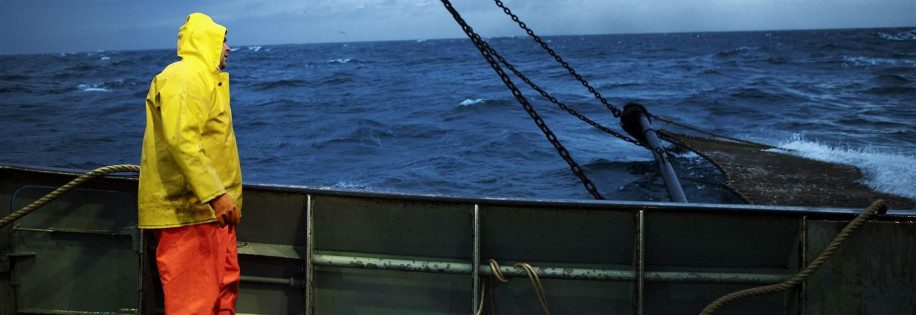Copyright © 2025 lmitac.com All Rights Reserved. Contact - Terms and Conditions - Privacy Policy - Quality Policy - Become an instructor - Vacancies - Sitemap
London Maritime Academy is a trade name for London Premier Groupversion: 2.9.0
London Maritime Academy is a trade name for London Premier Group

Posted on : 9/9/2023, 9:23:09 PM
The high seas are a tremendous and unforgiving environment, and marine vessels are consistently introduced to different risks, including burglary, unlawful terrorising, and disastrous occasions. To ensure the prosperity of marine vessels and their gatherings, different progressions have been made to foster security.
In the sea's tremendousness, guaranteeing the security of maritime vessels has turned into a chaotic endeavour that requires a complex technique. A few advances have arisen as considerable advantages in this undertaking, expanding the proficiency and viability of maritime security tasks.
Present-day vessels have state-of-the-art route frameworks that go past essential GPS. These frameworks utilise continuous information, satellite correspondence, and complex calculations to approximate area, course arranging, and crash evasion. They let vessels cross even the most hazardous oceans with pinpoint precision, decreasing the gamble of incidents.
Robots and satellite photography, for instance, are significant far-off observation advancements for working on maritime Cybersecurity. These frameworks screen vessels continuously, permitting specialists to detect potential risks, follow unlawful action, and respond rapidly to emergencies. These advancements enormously help the well-being of vessels and group individuals by expanding the scope of surveillance.
Adrift, compelling correspondence is essential, and current innovations have changed maritime mail. High-recurrence radios, satellite telephones, and encoded correspondence frameworks permit vessels and shore specialists to convey continuously. In a crisis, trouble signs might be promptly handed off, empowering speedy and facilitated salvage endeavours.

Eccentric weather patterns put maritime exercises in danger. High-level weather conditions gauging frameworks utilise information from satellites, floats, and sensors to convey precise weather conditions figures. Teams can make instructed decisions to avoid storms and other difficult circumstances, assuming vessels are furnished with cutting-edge climate data.
The gamble of cyberattacks develops as vessels become progressively carefully associated. Basic frameworks are shielded from hacking endeavours by maritime online protection arrangements, guaranteeing the vessel's operational respectability and group security. These shields forestall unauthorised access and could be expected aggravations to route and communication systems. For comprehensive knowledge of maritime safety & security, consider enrolling in Maritime Safety and Security Courses Online.
Unapproved submerged tasks, like carrying or harm, might be identified and forestalled by utilising imaginative submerged reconnaissance innovation. Sonar frameworks and submerged drones help check vessel bodies, harbours, and limited zones, working on, by and large, maritime security.
Installed vessels and biometric access control frameworks are becoming more well-known. These frameworks empower admittance to confined segments utilising fingerprints, face acknowledgement, or iris checks, guaranteeing that prominent approved representatives might arrive at delicate districts of the vessel. This innovation keeps unapproved individuals from imperilling the vessel's security.
AIS is a significant innovation for advancing maritime situational mindfulness. AIS permits vessels to forestall crashes by sending constant vessel data like distinguishing proof, area, course, and speed. It moreover helps specialists in noticing vessel improvements for security.
A vessel fire may be heartbreaking, imperilling the group's security and the vessel's uprightness. High-level fire identification frameworks utilise sensors to distinguish conceivable fire risks and initiate computerised concealment instruments. This development reduces reaction time and helps with controlling flares before they spread.
Drones outfitted with cameras and warm imaging sensors are considerable assets in maritime pursuit and rescue missions. They can quickly cover expansive districts, identify jeopardised vessels or people, and proposition constant visual information to safeguard teams to assist
them with pursuing taught decisions.
In fostering ocean security, advancement emerges as persevering through signal coordinating vessels through the complexities of the extraordinary seas. The difficulties of erratic climate, likely robbery, and emanant dangers have prepared for another time of well-being measures.
As we've explored the extent of inventive advancements changing maritime security, a broad philosophy is indispensable to ensuring vessel prosperity.